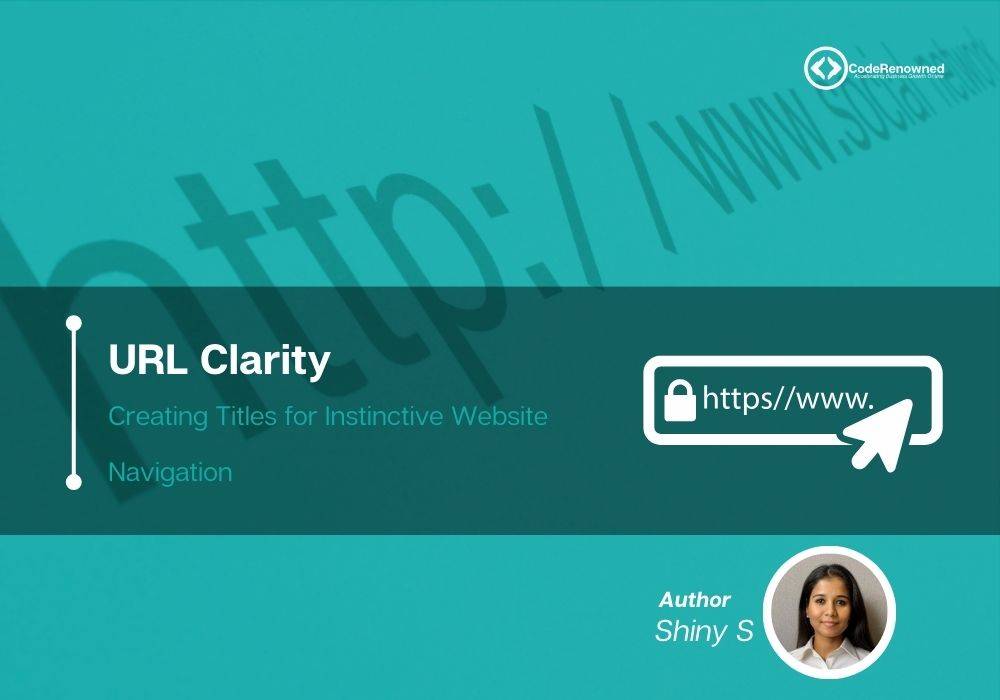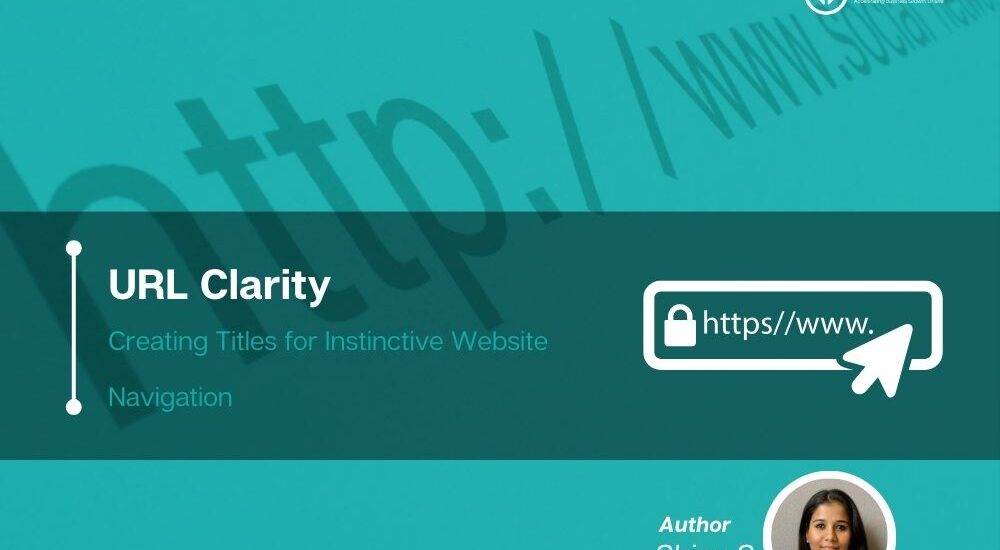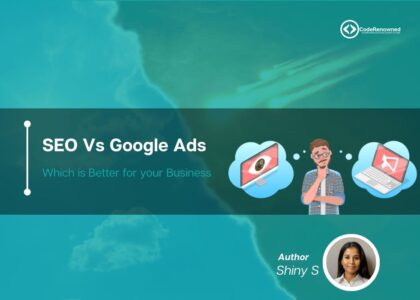URL Clarity
Creating Titles for Instinctive Website Navigation

In the Online Era, Billions of websites compete for attention. The Importance of transparent and intuitive website navigation is never exaggerated. At the core of this navigation lies the modest URL, the address that users type into their browsers or click on to access specific web pages.
Beyond merely serving as a technical identifier for web pages, URLs enhance user experience and facilitate seamless navigation. This article digs into the significance of URL clarity and provides insights into creating titles that promote intuitive website navigation.
Understanding the Importance of URL Clarity
Users expect instant access to information in this digital era. When navigating websites, all they seek is simplicity and clarity. A complicated URL structure can restrict their journey, leading to frustration and abandonment of the website. Thus, achieving URL clarity is essential for ensuring a positive user experience.
User Experience Enhancement:
- Clear and descriptive URLs provide valuable context about the content they are about to access to users.
- A well-crafted URL title conveys information about the web page’s topic, making it easier for users to understand and predict its content.
Search Engine Optimization (SEO):
- Search engines prefer URLs that are brief, relevant, and descriptive.
- A clear URL structure enhances a website’s visibility in search engine results pages (SERPs),
- It increases organic traffic and improves overall SEO performance.
Brand Perception:
- A readable URL structure reflects positively on the brand’s professionalism and attention to detail.
- Users trust and engage with websites, focusing on clarity and consistency in their URL titles.
Techniques for Creating Clear and Intuitive URL Titles
Creating URL titles that promote intuitive website navigation requires detailed consideration and strategic planning. The following strategies can help website owners and developers achieve URL clarity:
Keep it Straightforward:
- Long and convoluted URLs are Hard to read and also unmanageable to type.
- Aim for shortness while ensuring that the title accurately reflects the content on the webpage.
Include Keywords:
- Include relevant keywords in the URL title to improve its search engine visibility.
- Avoid keyword stuffing to detract from the clarity and readability of the URL.
Use Hyphens for Separation:
- Hyphens are URL separators.
- Prefer Hyphens over underscores or spaces.
For example, “your website.com/clear-url-titles” instead of “your website.com/clear_url_titles” or “your website.com/clear url titles.”
Prioritize Readability:
- Opt for human-readable URLs that are easy to understand and interpret.
- Avoid unrecognized abbreviations, symbols, or special characters that can confuse users.
Maintain Consistency:
- Establish a consistent URL structure throughout the website to streamline navigation and enhance user experience.
- Consistency enables familiarity and reduces the mental load for users.
Avoid Dynamic Parameters:
- Minimize using dynamic parameters in URLs, as they tend to be cryptic and unintuitive.
- Aim for static and descriptive URLs that provide meaningful information to users.
Implement Proper Redirects:
- When restructuring URLs or updating website content, ensure proper redirects (e.g., 301 redirects) are in place to preserve SEO value and prevent broken links.
Test for Usability:
- Conduct usability testing to evaluate the effectiveness of the URL structure from a user’s viewpoint.
- Demand feedback from testers and make adjustments as necessary to optimize navigation clarity.
Case Studies: Examples of Effective URL Clarity
Amazon: Amazon utilizes clear and straightforward URLs that reflect the product category and name.
For example, “amazon.com/books/harry-potter-series” provides users with better navigation to the Harry Potter book series.
Wikipedia: Wikipedia utilizes descriptive URLs that reflect the article titles, enabling easy navigation and search engine indexing.
For example, “en.wikipedia.org/wiki/Artificial_intelligence” directs users to the Wikipedia page on artificial intelligence.
Google Maps: Google Maps utilizes a clear and concise URL structure that reflects the viewed location.
For instance, a URL like “maps.google.com/place/Statue+of+Liberty” provides a specific indication of the place being referenced, in this case, the Statue of Liberty. This URL clarity makes it easy for users to understand and share specific locations with others.
Airbnb: A popular online marketplace for lodging and tourism experiences, employs a clear and brief URL structure that enhances user experience and facilitates navigation.
For example, consider the URL “airbnb.com/rooms/1234567/beachfront-villa-in-malibu.” In this URL:
- “airbnb.com” is the domain name.
- “/rooms/1234567” indicates the specific listing or accommodation.
- “/beachfront-villa-in-malibu” provides a descriptive title of the listing, allowing users to distinguish details about the property’s location and type.
Etsy: Etsy, an e-commerce platform specializing in handmade, vintage, and unique goods, employs a structured URL format that prefers clarity and relevance. Consider the URL “etsy.com/clothing/dresses/boho-maxi-dress.” In this URL:
- “etsy.com” serves as the primary domain.
- “/clothing/dresses” categorizes the product within the broader context of clothing and dresses.
- “/boho-maxi-dress” provides a concise and descriptive title of the specific item, indicating its style and type.
Conclusion
URL clarity is an essential aspect of website design and user experience optimization. By creating clear and intuitive URL titles, website owners can enhance navigation, improve SEO performance, and cultivate trust with their audience.
Adopting best practices like brief wording, keyword inclusion, and constant formatting can immensely enhance the clarity and effectiveness of URL structures. Preferring URL clarity for Users is essential for providing a seamless and enjoyable browsing experience in the digital age.







